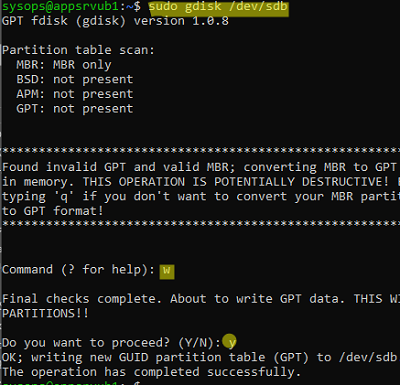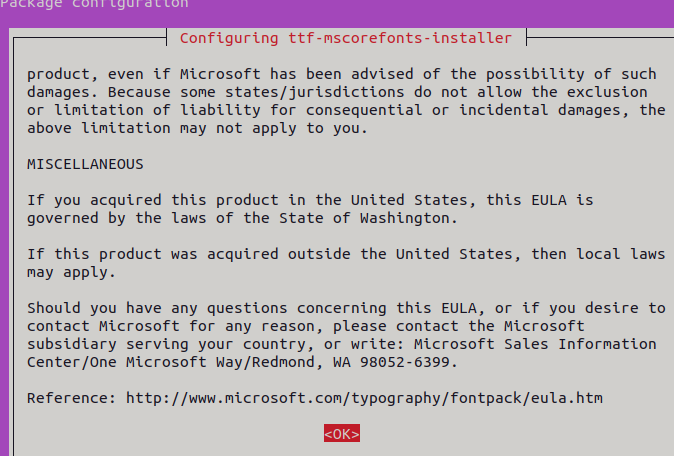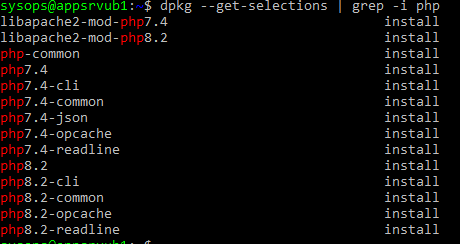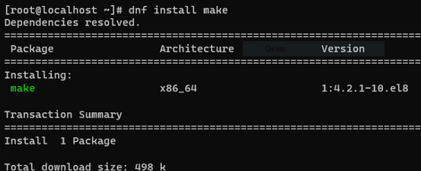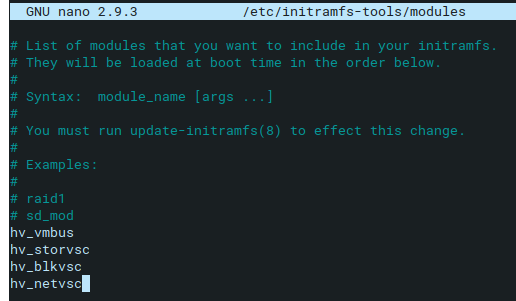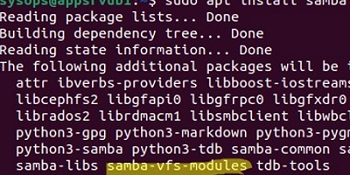Rebooting a Linux device can happen for several reasons. This could be a normal restart of the operating system by the user, an automatic installation of updates, kernel panics, physical hardware failures, software errors, or a power failure.
Continue reading “Linux: Find Out Last System Reboot Time and Reason”


